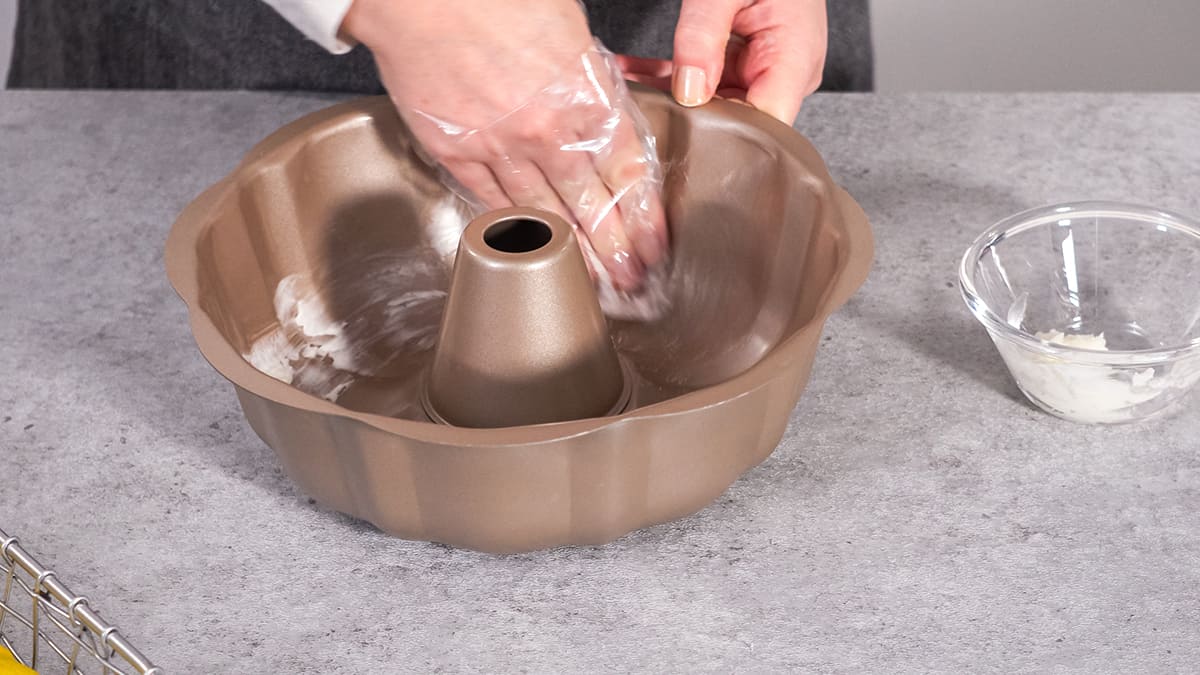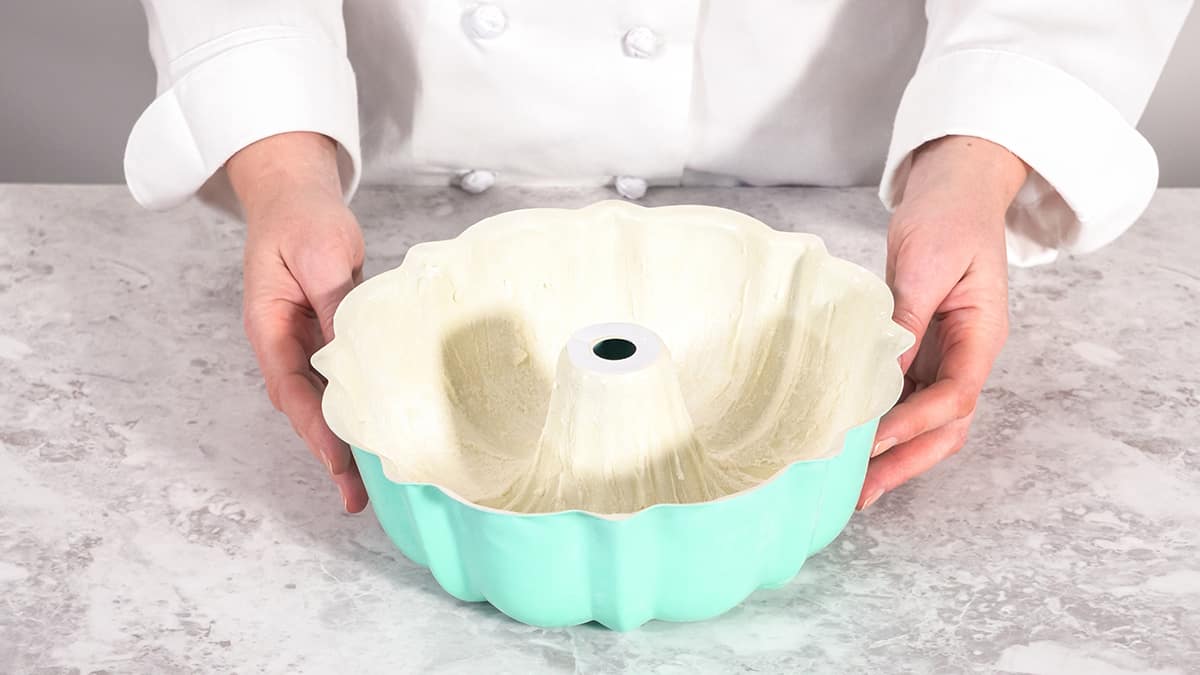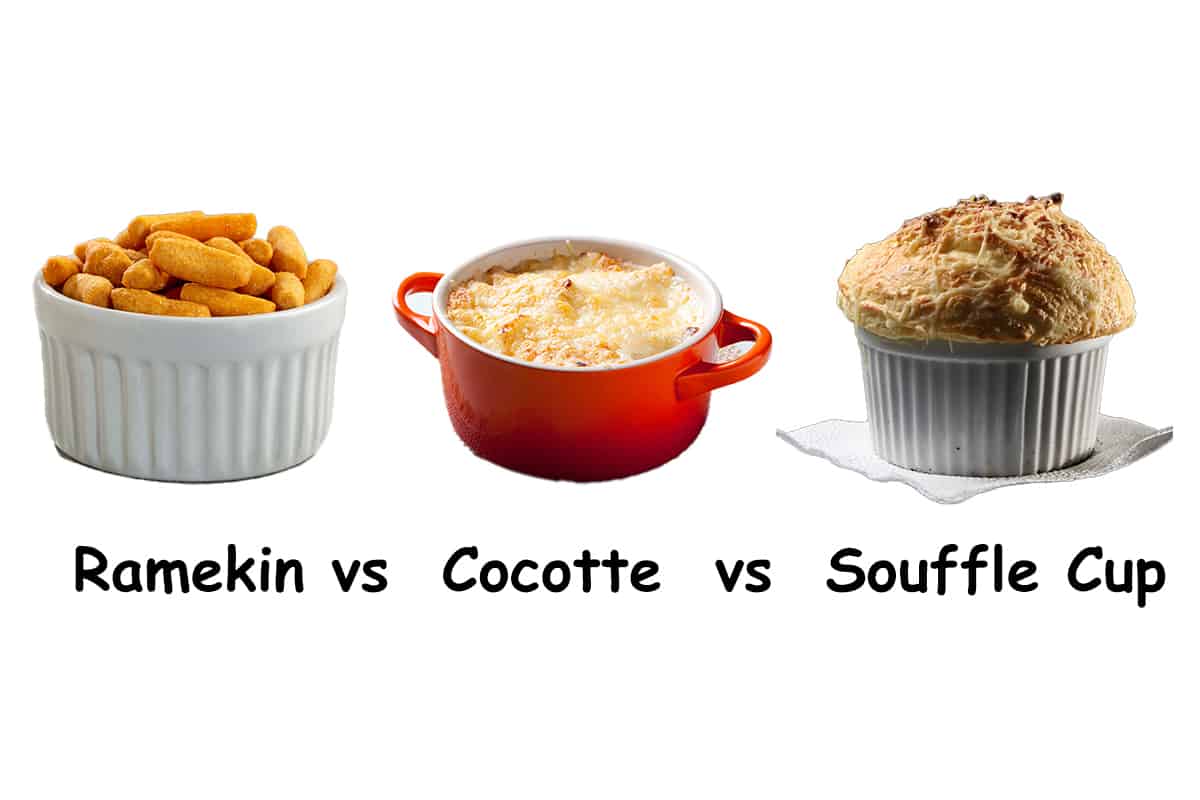Ramekins are small dishes that are traditionally round, with a fluted exterior surface and a smooth interior surface.
They are commonly used for individual French desserts such as creme brulee and souffle, but they also have many other uses and come in a wide range of sizes to suit various requirements. In this article, we’ll go into different sizes of ramekins.
Ramekin Uses
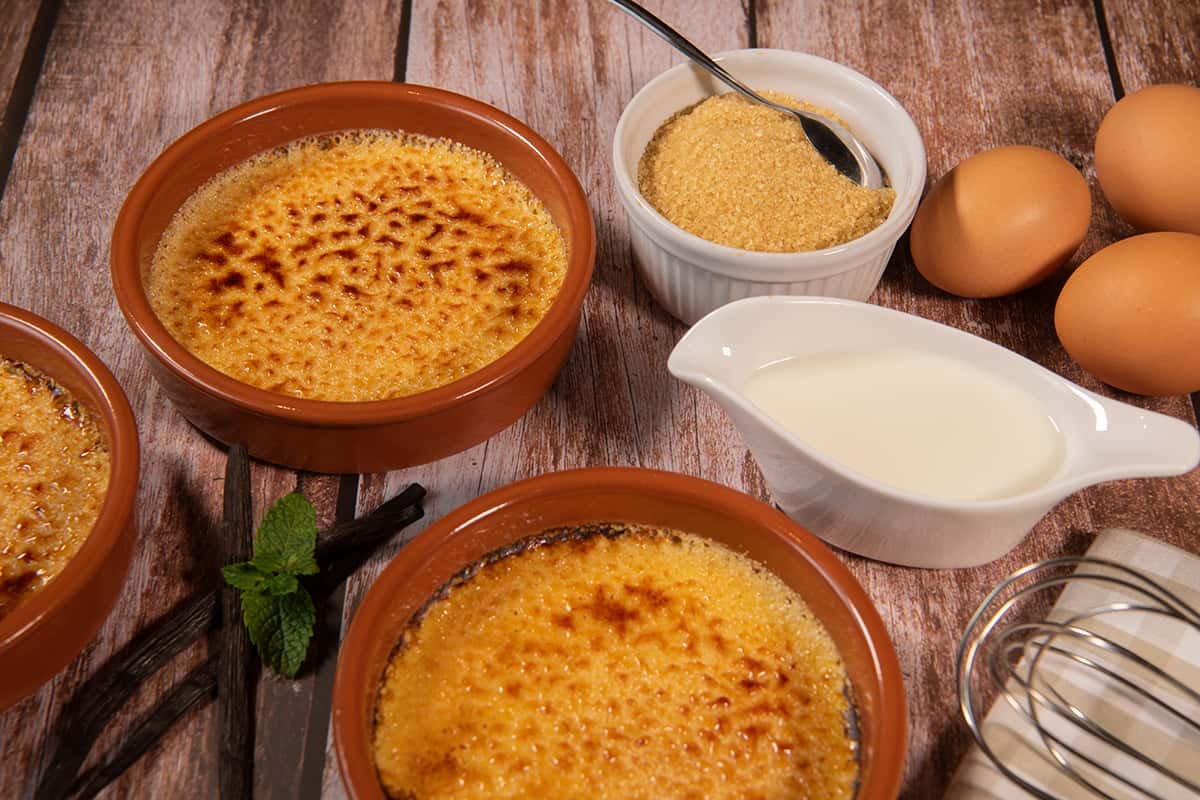
Ramekins vary in size, and as such, they have a variety of uses. The smallest types of ramekins are great for serving portions of condiments such as ketchup or mayonnaise, or you can also find small ramekins being used on charcuterie boards to hold a selection of olives, or chutneys and jams.
The mid-size ramekins tend to be the most popular because they are the most versatile. These can be used for making individual dessert portions such as brownies, cheesecakes, and tarts.
Medium-sized ramekins are also useful for making individual baked egg portions or individual savory dishes such as pot pies or quiches. In a pinch, you could also use medium ramekins to make Yorkshire puddings.
Larger-sized ramekins are less common than the medium and small types simply because they tend to be less useful for most people.
These ramekins could be used to make generous individual meal portions, such as an individual portion of pasta bake or shepherd’s pie. If you are cooking for more than one person, then you would be more likely to cook these dishes in a casserole pan, which is why large ramekin dishes tend not to be very popular.
Ramekin Sizes
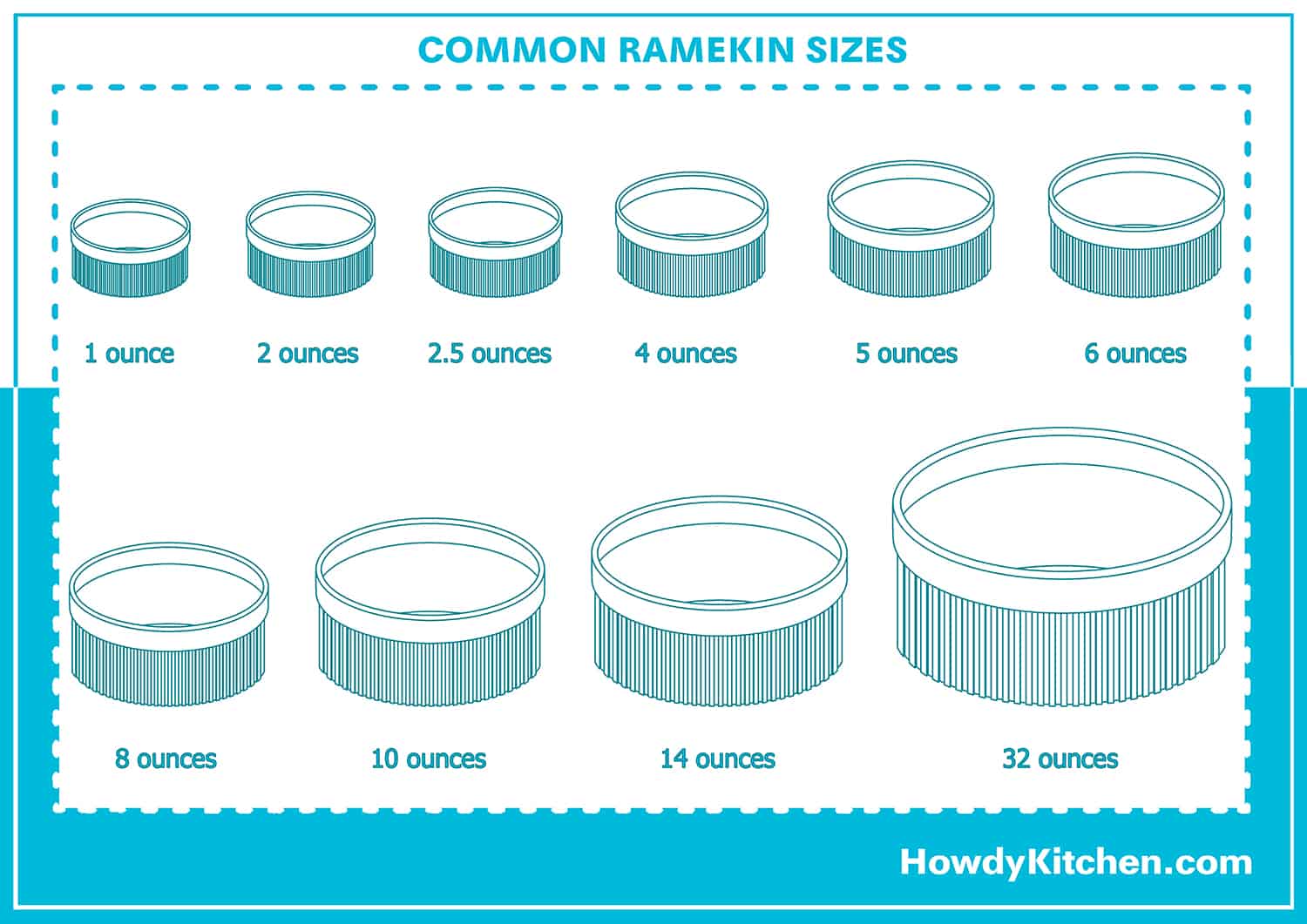
Ramekins are always sized according to the volume they hold rather than measurements in inches. However, the size of ramekins is not an exact science, and they can often be inaccurate, so you should never use a ramekin to measure out ingredients for baking because you will likely end up with the wrong amounts.
Ramekins do not have standardized sizing, so they can vary in size between manufacturers. That being said, the most common sizes of ramekins are covered below:
1 to 2 ounces
These miniature ramekins have a cute appeal that can add style and personality to the food you are serving. For example, at a dinner party, it would look more attractive to give each individual their own portion of condiment in a miniature ramekin, rather than having a bottle of condiment displayed on the dining table.
These ramekins are the ideal size for holding single-serve portions of condiments and other sauces, and ramekins that hold between 1 and 2 ounces of food are also useful for serving mini appetizers such as olives or peanuts. These small ramekins can be used outside of the kitchen as well. Some people use them to hold tealight candles, for storing small items in an office such as rubber bands or push pins, or for storing bathroom items such as q-tips or safety pins.
3 to 5 ounces
This next size of ramekin is still on the small side but has many uses. It is a good size for individual dessert portions such as mousse or souffle. These ramekins are also a good size for holding a sharing appetizer like roasted chickpeas. They can be useful for holding individual portions of dips and pate, such as crab dip, guacamole, hummus, tzatziki, and garlic dip.
You could serve a small ramekin of dip on a plate alongside cucumber and carrot crudites or with crackers or breadsticks. Ramekins which hold 3 to 5 ounces of food, are also a handy size for children’s snacks. You could fill one with a granola trail mix or spoon peanut butter into the ramekin and serve it with apple slices. These ramekins are also a good size for serving individual portions of yogurt if you buy your yogurt in large cartons.
6 ounces
This is the most popular size of ramekin because it is small enough to still be used for serving snacks and dip but is also big enough to fulfill a range of other uses in the kitchen and dining room. If you are only going to buy one set of ramekins, then it should be the 6-ounce size, as they are a versatile size that will be suitable for more uses than any of the other sizes of ramekins.
The most common use for this size of ramekin is single-serve dessert portions. You can make any baked dessert in an individual portion by reducing the number of ingredients used or distributing ingredients between several ramekin dishes.
If you want to impress guests, then serving individual dessert portions can be a good way to do it because dessert ramekins look fancy and show that you have put care and attention into each person’s dessert.
As ramekin dishes are usually made from glass or porcelain, they can be used in the oven to bake individual desserts or under the broiler or overhead grill to crisp up the top surface of a pudding.
They can also be used as serving dishes for cold desserts, such as no-bake cheesecake or individual servings of ice cream or sorbet.
7 to 9 ounces
These ramekins are suitable for serving individual main meal portions. If you are entertaining dinner guests, then individual portions of fish pie, for example, will look more elegant and appealing compared with a large casserole dish of fish pie dished out onto plates.
You could also use this size of a dish on a more regular basis if you live alone and therefore routinely want single servings of pasta bake or casserole, although, in this instance, you may find it more worthwhile to make a large casserole dish of food and freeze some for later, rather than going to the effort of making an individual ramekin portion each day.
Ramekins which hold 7 to 9 ounces, can be effectively used to hold side dishes at a dinner table, especially for two people to share. An example of a side dish you could serve in a large ramekin is peas, onion rings, or slaw.
10 to 12 ounces
This is the largest size of a ramekin, and actually, it is so large that some people argue it is not a ramekin at all and instead is a small casserole dish. Ramekins holding 10 to 12 ounces of food can be used to serve generous individual main meal portions, such as chili con carne or meatballs.
You could also use ramekins of this size as a serving plate for side dishes on a dinner table. Some people utilize these large ramekins as pet food and water bowls because they are typically much cheaper than similar-sized bowls you will find in the pet store, and they can be easily washed in the dishwasher and are heavy, so they won’t be easily tipped over.
Ramekin Material
Traditional ramekins are porcelain, which means they are able to withstand high temperatures and can therefore be used in the oven for baking. Glass ramekins have become increasingly popular, as they offer the same functionality as porcelain, but usually at a slightly lower cost.
Both of these types of ramekins are microwave and dishwasher safe, making them low maintenance and easy to care for.
Metal and plastic ramekins are also now available, and these are not intended to be used in the microwave or oven. Instead, they are ideal for serving individual condiments, and as such, typically tend to be made in the smaller ramekin sizes. Metal and plastic ramekins can also be used to serve small snack foods like olives and nuts.
If you are using ramekins to serve small portions of snacks to young children, then you may prefer to use metal or plastic options as these will not shatter if dropped and are more lightweight and therefore easier for small hands to hold.
Ramekin Storage
As ramekins are small items, you might expect that they take up very little space in a kitchen drawer or cabinet, and in many cases, you would be correct. However, there are many designs of ramekins that cannot be stacked on top of each other because the base and the lip of the ramekin are the same size, and therefore they cannot be slotted into one another.
If you try to stack these types of ramekins, you will find that after just a tower of two or three, the ramekins become very unstable and are likely to topple over if accidentally nudged. This creates a storage predicament where the ramekins can take up a lot of surface space in a cabinet if you have to give each ramekin its own spot on the cabinet base.
Ideally, when buying ramekins, you need to choose a shape that flares outwards slightly, therefore allowing each ramekin to be stacked inside and on top of the previous ramekin.
If you already own ramekins that cannot be slotted on top of each other, they should be stored in a shallow drawer so that they don’t take up too much space, or you can get a specially designed storage unit for ramekins.

